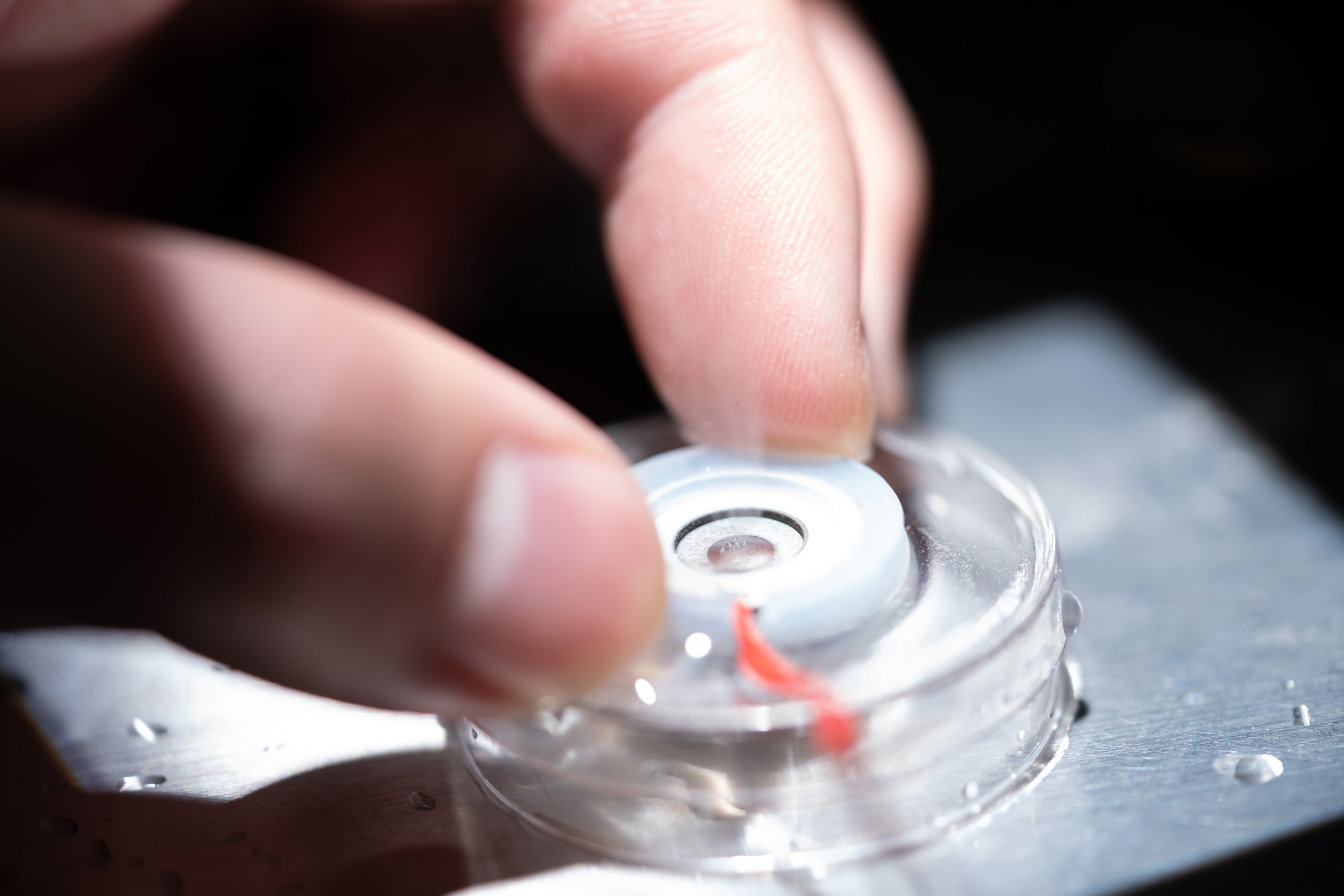Rocket Soul
Well-known member
Just call me mr ButterfingersHoly shit rocketsoul, UHF, ah the memories. Before kramer was kramer..... MY MOP
Just call me mr ButterfingersHoly shit rocketsoul, UHF, ah the memories. Before kramer was kramer..... MY MOP
In probably all cases. The higher you go, the thinner the atmosphere, the more UV gets through. There is something like a 10% increase in UV for every 1000m of altitude, all else being equal.An in some cases we can also add altitude as a variable factor to sunlight as well
If I had to go HID I would choose 3000K CMH. If you look at the LED spectrum I created, it is close to CMH in many respects, just more efficient, more red and less green.Indeed the CMH is really looking close to the sun is it the 3000 k or the 4000 k bulb. But what would u choose besiddes aussie light LEDsome still use mh/cmh/hps in coolder times.
Fyi massmedical insta is goin hot , and it's not only in a positive way, People seems tired of his light "bashing talk"...

Indeed.Pssst. Light can drive transpiration, without heat gain. In fact, light can dry a surface, and the water leaving will take heat from it's surroundings. So the net effect is cooling.
Shhhh! Secret sauceI saw a couple of UV LEDs on a spectrometer recently. Both had interesting IR peaks, that were unexpected. That's not a wide study by any measure, but it did make me think about the results of using these UV LEDs, and how we might see it as a UV test, and ignore the IR addition.
really nice flower expansion! what are those lights?Did some short veg sog from seed with good results under led. Staten island chem s1s in foreground. I think even snakedope would get faded off this shit.